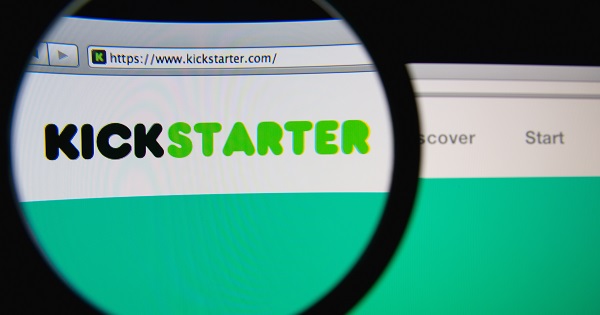
Kickstarter and Indiegogo are both rewards-based crowdfunding websites. Please keep reading for further details…
Crowdfunding is a timeless form of fundraising that involves soliciting large numbers of small pledges, rather than small numbers of large pledges.
Such pledges can be raised (and are being raised) to fund many purposes, including charity, investment, equity, patronage, or to complete projects, whether creating art or mass-producing new consumer products.
This latter variety is known as “rewards-based crowdfunding” because backers are normally rewarded with appropriate gifts, such as owning one of the first products that their pledges help to produce.
Rewards-based crowdfunding enjoys additional advantages over more-traditional alternatives (like bank loans and/or venture capital) because it helps entrepreneurs to not only raise funds but also to raise publicity, collect feedback, and start building a customer base of early adopters, who are essential (according to the Theory of Diffusion of Innovations) for helping innovations to start gaining acceptance among a wider population.
Rewards-based crowdfunding also endures drawbacks over more-traditional alternatives due to its greater complexity, which means that it requires a greater investment of resources; but our various consulting resources (including our other blog entries) can help you to crowdfund wisely to maximize your chances of success!

The Internet is helping crowdfunding to thrive more than ever before.
The most popular rewards-based crowdfunding websites that help creators and backers to connect with each other are Kickstarter and (to a lesser extent) Indiegogo. Indiegogo was founded in 2007 in San Francisco, and Kickstarter was founded in 2009 in New York City.
Kickstarter consistently favors the interests of backers over creators, and has become better-known, more-frequented, more-strict, and more-reputable, but endures terrible customer service for both backers and creators.
Indiegogo consistently favors the interests of creators over backers, treats campaigners better, and offers them more flexibility, including flexible funding, extendable end dates, and even an InDemand phase for successfully-funded campaigns to glean additional pledges during fulfillment—but serial backers view it with greater wariness.
Both sites facilitate designing campaign pages, are frequented by an existing community of serial backers, aid connections between these backers and creators, and help manage transactions, all of which is arguably worth the small fees (both a 5% platform-usage fee and a payment-collection fee) that these sites charge in return.
Some creators might consider campaigning on both sites simultaneously, but this can violate platform rules, confuse backers, divide funding, and impede success, so it’s better to campaign on both sites sequentially instead.
We recommend campaigning initially on Kickstarter because, in our experience marketing dozens of identical campaigns on both websites, Kickstarter invariably enjoys significantly-better click-through rates and conversion rates and fundraising totals. However, we also recommend that successful Kickstarter campaigns transition afterward to Indiegogo InDemand, which has no Kickstarter equivalent.
These websites have gradually accumulated various agencies like ourselves that consult crowdfunding campaigners and/or assist them with their media-creation and/or marketing. So, if you’d like to consider hiring some well-seasoned experts who can help you along your crowdfunding journey, then please submit your project to our website right away to initiate a conversation with us!